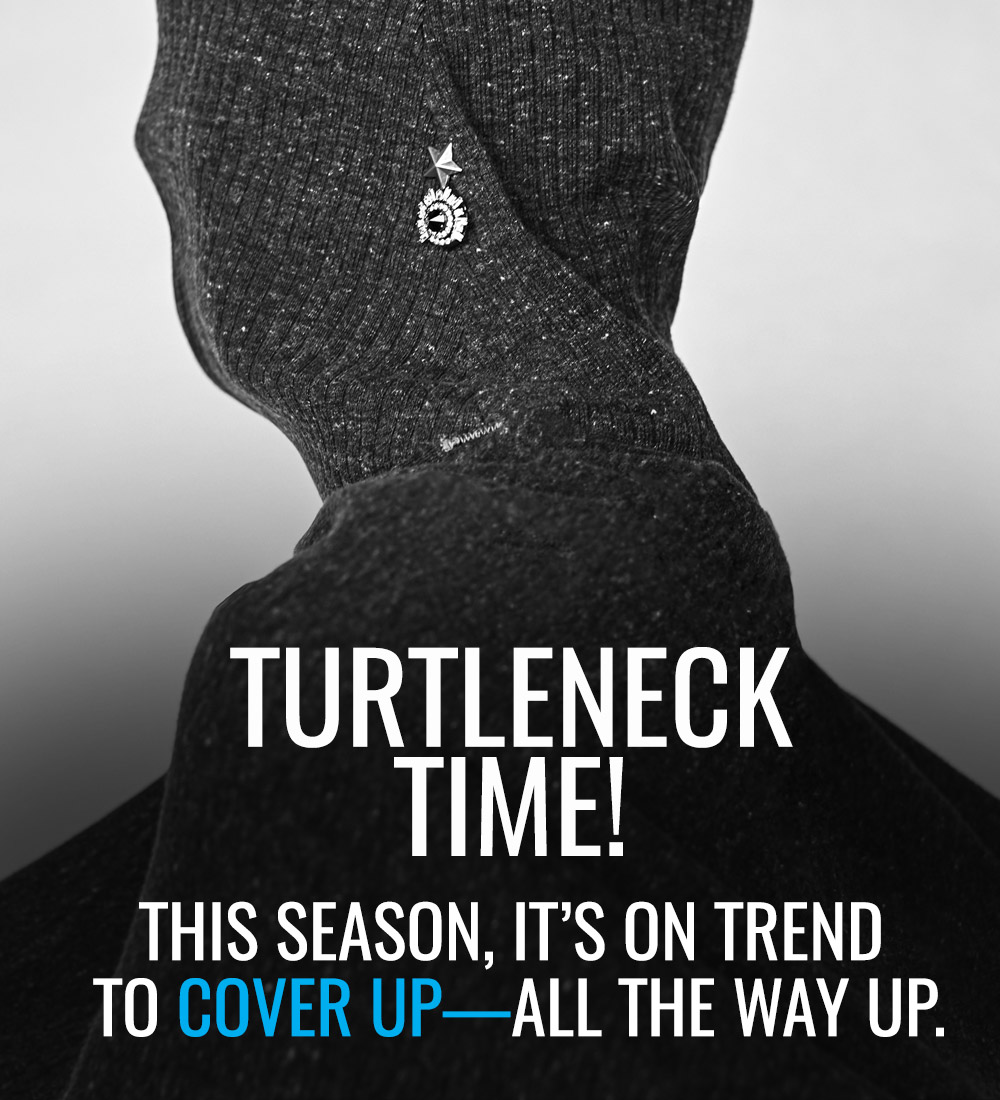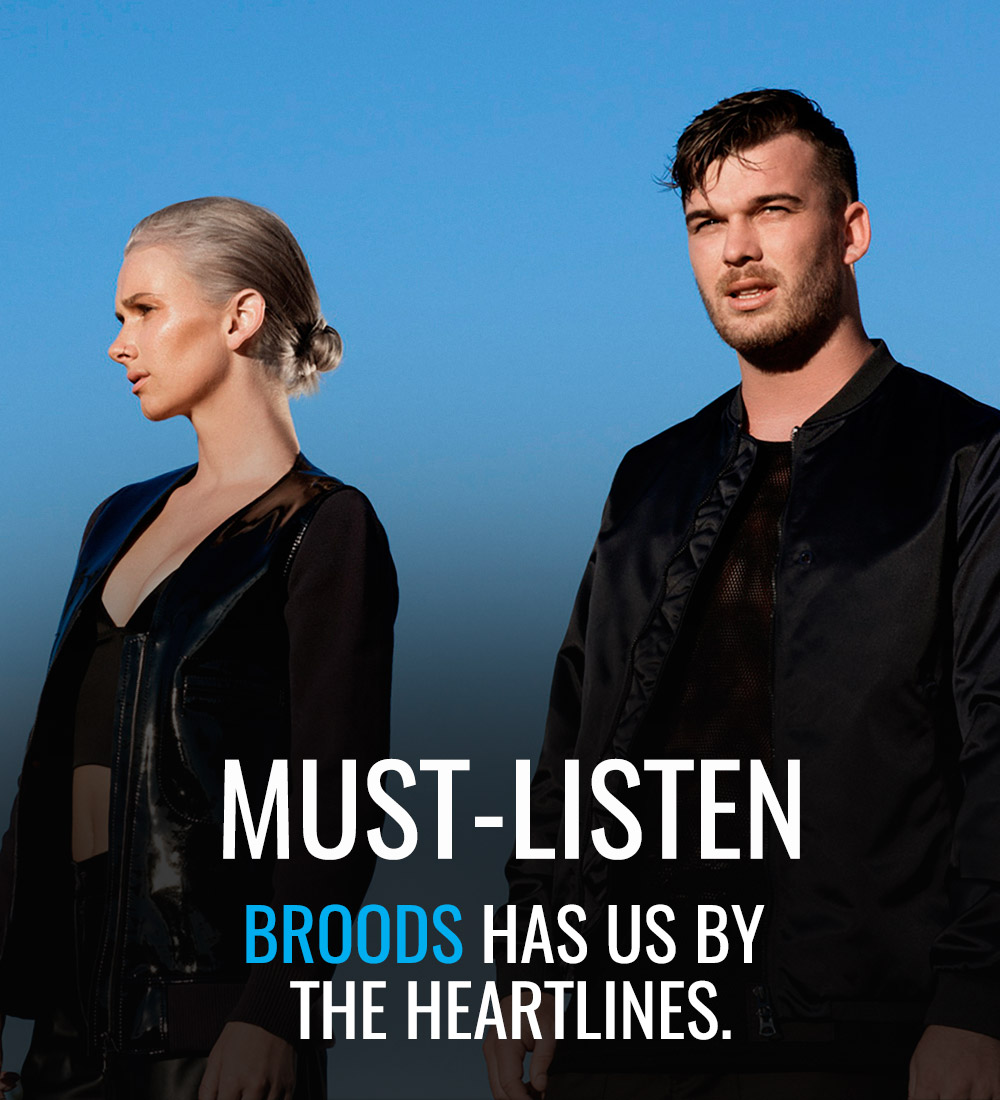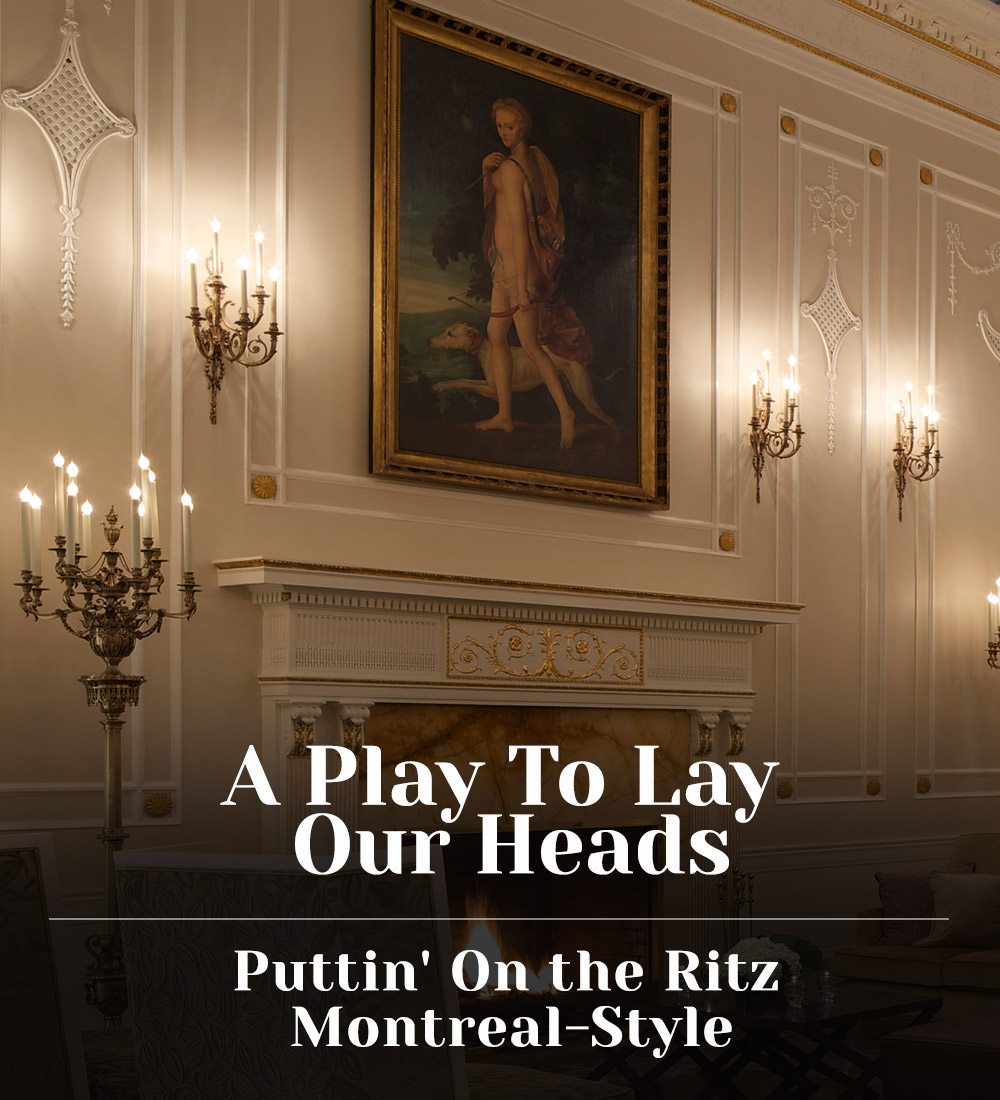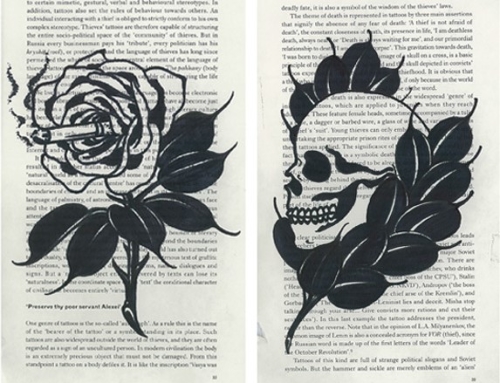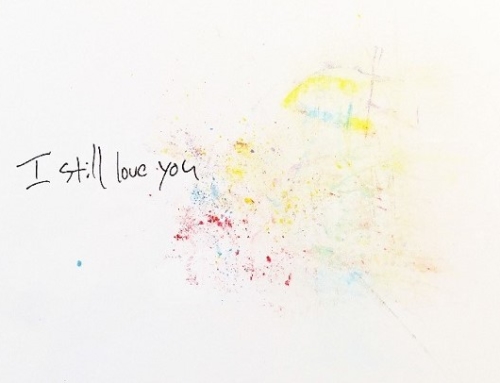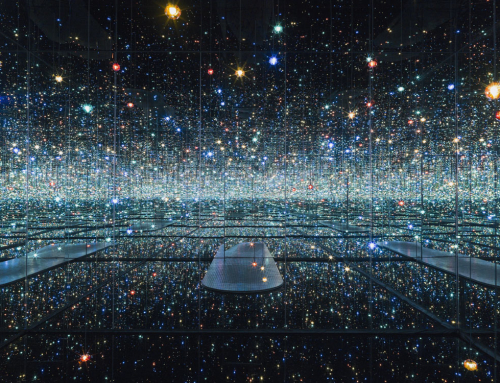

Your work often explores how language can create or confuse the cultural imprint of an object. Is that why you sometimes leave your works untitled?
I actually prefer to title my works. If a work is untitled it’s out of laziness or my inability to find the perfect title. Titles for artworks function just outside of nomenclature. They are valuable when they expand the possibilities of the piece; when they point toward the unknown and ask questions. An artwork is itself most often concrete or fixed, at least in a physical sense, and the only tool we have to engage with that is language. But, to answer your question, artworks are always open to interpretation. Any “linguist anchors” are temporal, minor, or in flux.
What attracts you to the found objects that you end up incorporating into your work?
I’m a packrat. I collect all sorts of things and images. About half of this collecting occurs by various sorts of research. The other half is incidental to being alive. It’s shit that I come across walking around or things that people give me. I sit on these things, sometimes for years, before considering them “artistically.” I’m attracted to qualities of things that point to their own afterlife. What actives an aura? This could be flecks of rust, the overlay of colour on a dot pattern, three faint lines that compose a smiley face, a tombstone shaped like a penis on the perfect cloudy day when the cemetery is still green…
Is the idea to take those things and dissect them as a means of examining the Zeitgeist?
I think there are many Zeitgeists and we belong to them. Not the other way around.
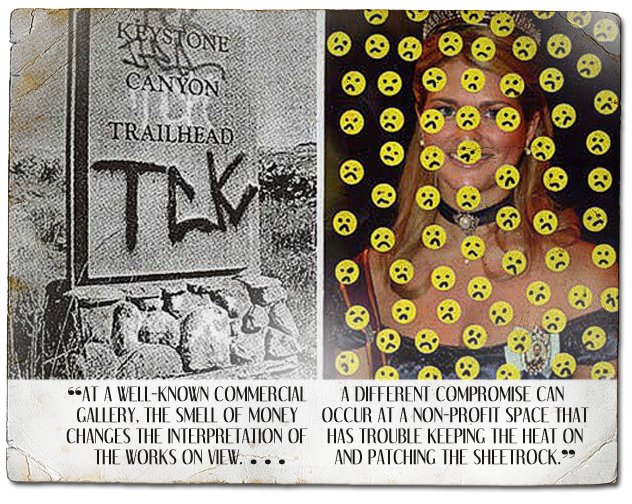
Aside from your own art, you also curate. Speaking as both an artist and a curator, how important is the presentation space to the overall interpretation of the art itself?
Exhibition spaces are very important. I’ve made some fairly crude sculptures that only look like art in fancy galleries or museums. But, more importantly, since minimalism redirected our gaze to account for the space around the art object in order to better comprehend that object, the gallery has become the frame. There is always an economic factor that is part of the character of an exhibition space as well. At a well-known commercial gallery, the smell of money changes the interpretation of the works on view. A different compromise can occur at a non-profit space that has trouble keeping the heat on and patching the sheetrock.
Sounds like there’s a lot to take into consideration when curating. Do you get nervous being responsible for the presentation of someone else’s work?
Curating is hugely stressful in this way, as one doesn’t want to do a disservice to the artwork by transposing one’s own ideas on it. The situation is very delicate. Every aspect of exhibiting makes me nervous to some degree, but I’ll take it over giving speeches any day.
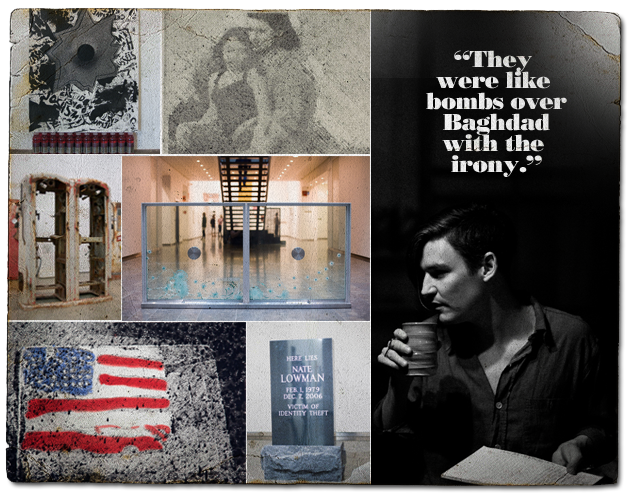
You often show with other artists, including a recent show with online gallery Exhibition A at the Ace Hotel. Do you like group exhibits, or are solos more your thing?
I enjoy collaborating with friends from time to time. I just made a drawing and a huge collage with Hanna Liden. I’ve travelled a collaborative show that I made with Dan Colen from Athens to New York to Brescia, Italy. I’ve collaborated on pieces with Agathe Snow, Dash Snow, Josh Smith, Leo Fitzpatrick, John Tremblay, Adam McEwen, and Aaron Young. When the time is right, that’s an amazing thing to do.
And what about the time for solos?
My own individual practice is the thing that is constant in my life.
Do you bounce your ideas off friends, or is the creative process something private for you?
I run the occasional idea past a close friend, but I usually keep the gestation period to myself. I like to let ideas develop quietly, at their own pace. There are people in my life with whom I consult throughout the process of realizing the work, though. It’s good to have input when one’s focus can get so narrow.
What do you make of critics who would narrow your work down and box it into what’s been labelled the “new hip academy?”
Who said that? Who’s the “old hip academy”? Did they get a hip replacement or an academy replacement? There is a tendency for people to categorize young artists into groups so that they can talk about a bunch of them as a phenomenon and keep their “finger on the pulse”. This is boring and lazy criticism and has little or nothing to do with art. I’ve been called lots of things by “critics” who have blogs. My father reads them and tells me about it.
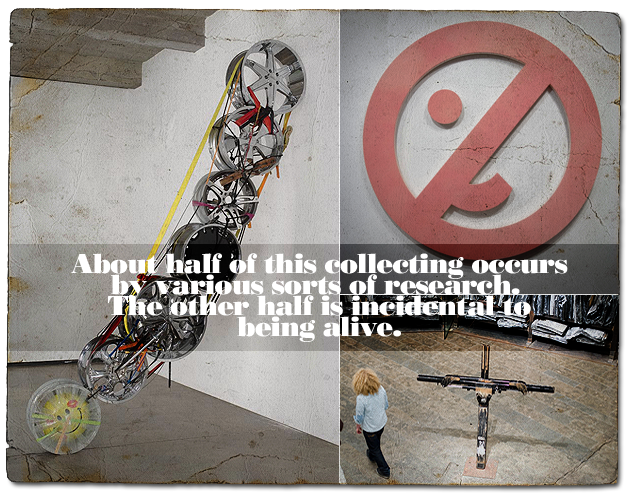
How about the comparisons to other artists, any you think fair or unfair?
All comparisons are fair and even interesting if they’re argued well.
On other artists, whose career grabs you?
I admire lots of artists for lots of reasons. I recently curated a mini-retrospective of paintings and sculpture by Sue Williams. She has a wildly underrated 20+ year career. She’s a real no-bullshit fighter of an artist.
Any others you admire?
I’ve come to be friends with Richard Prince in the last few years. He’s been very supportive and he’s been generous showing me how he made his living/working scenario in upstate New York. That motherfucker is the king of his compound. It’s something else.
A king-of-the-castle attitude is pretty admirable.
Mostly, though, I admire him for the same reasons I admire all artists: uncompromising, relentless dedication to this visual means of communication. Both Richard and Sue remain ahead of their viewers. People often see a new body of work by either one of them and scratch their heads. A year or two later it’s like the lights finally got turned on…
Someone like Prince is, by all definitions, a success in the modern art world; do you think success in this industry precludes not falling into the cult of personality?
I’m 32 years old. I wouldn’t know about success.
For more information on Nate Lowman’s upcoming exhibit (April 30th-June 18th), please contact the Maccarone gallery: 630 Greenwich Street, New York, Tel 212.431.4977.



